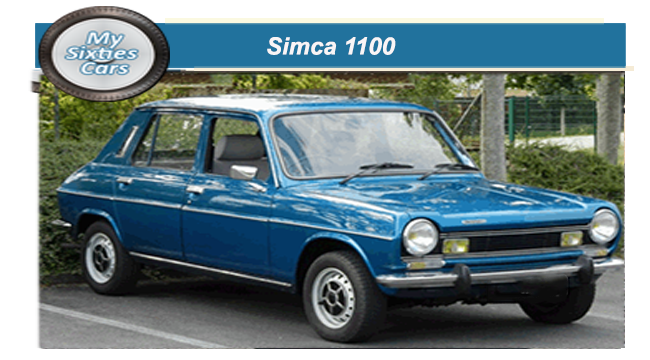
When the 1100 was introduced by Simca in 1967, it was considered to be genuinely ground-breaking.
In development for more than three years, the Simca 1100 was the work of two talented Simca engineers responsible for the new product, Philippe Grundeler, and Charles Scales, with the project personally overseen by Georges Hereil, the recently appointed President of Simca.
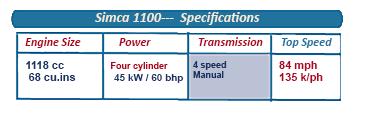
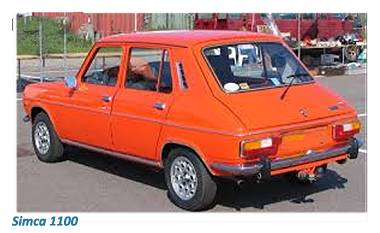 Hereil had come in to replace Henri Theodore Pigozzi, who according to new owners Chrysler, was considered too subservient to his former patrons and friends at Fiat.
Hereil had come in to replace Henri Theodore Pigozzi, who according to new owners Chrysler, was considered too subservient to his former patrons and friends at Fiat.
Chrysler, obviously feeling comfortable with their own man running the company, wasted little time in giving the 1100 project their blessing at the beginning of 1964, recognising that the new model had every chance of getting off the ground.
The Simca 1100 caused a minor sensation when it was first unveiled at the Paris Auto Show of1967, entirely unlike any other vehicle on sale by their competitors, although Renault followed up shortly after with their 16.
With front-wheel drive and independent suspension, and rear engine, the Simca 1100 was one of the first five-door hatchbacks to be introduced in Europe and indeed the rest of the World.
![]()
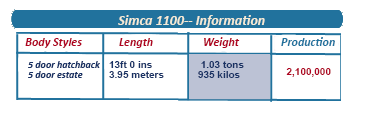 At least in its early days, the French public failed to really enjoy the full advantages of the Simca 1100 as it was notoriously underpowered, fitted with a 944cc (58 cu in) engine matched up to a four-speed manual gearbox.
At least in its early days, the French public failed to really enjoy the full advantages of the Simca 1100 as it was notoriously underpowered, fitted with a 944cc (58 cu in) engine matched up to a four-speed manual gearbox.
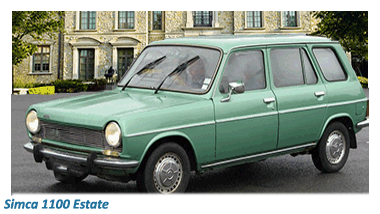 Ironically, the rest of Europe and the World were the only markets where the full benefits of having a 1118cc (68 cu in) engine could be felt.
Ironically, the rest of Europe and the World were the only markets where the full benefits of having a 1118cc (68 cu in) engine could be felt.
By the time of the launch of the 1100 Chrysler had taken full control of Simca.
One of the first moves that the US parent company instituted was to standardise engine sizes in the Simca 1100, with the 1118 engine now fitted as standard.
![]()
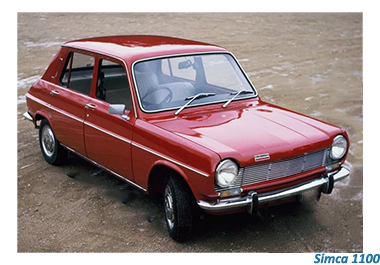
In 1972, the 1100 remained France's best-selling car, and the model continued to be developed, with updates to the interior as well as specification improvements.
The innovative 1100 was incredibly successful for Simca, with French buyers being far more eager to appear unconventional than those from overseas.
From 1980, Simca was again swallowed up, this time by Peugeot-Talbot, before finally going out of production in 1982.
The last Talbot 1100 panel vans were produced in 1985.






